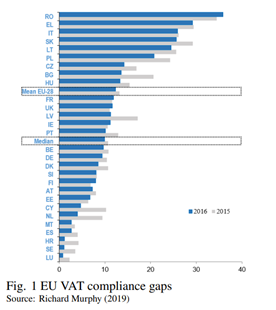Behavioural Brilliance: The Ikea Effect
- Leo Michael

- Aug 9, 2021
- 3 min read

From Älmhult, a small town in Sweden, IKEA has grown into an international success. With almost 450 stores spanning over 50 countries primarily throughout North America, Europe, Asia and Oceania, you are rarely far from a signature yellow and blue warehouse. Over the years, Ikea has implemented a significant number of behavioural nudges. Examples such as the Ikea Effect (Norton, Mochon and Ariely, 2011), the value consumers add as a result of their own labour; the “bulla bulla” technique, the large, overflowing bins implying inexpensiveness of the product; the “long natural path”, the long and winding path which takes customers through the entirety of the store; and countless others have all contributed to the rapid success of the company.
The first major application of behavioural science came to the firm somewhat unintentionally early in the company’s life when employees decided their furniture was too large and expensive to ship whole. As a result, Ikea’s signature flat pack style was developed. Flat packing furniture made to be built by customers came with numerous benefits; easier shipping, more voluminous stocks and cheaper products all contributed to the company’s hasty growth, but perhaps the biggest benefit came from behavioural science: the Ikea Effect.
The Ikea Effect was theorised by a group of behavioural scientists and suggests individuals place higher value on objects they themselves exerted effort to produce. Aptly named after Ikea, this effect suggests by encouraging customers to build the product themselves, they value it substantially more. Norton, Mochon and Ariely (NMA), the academics that pioneered this theory, measured subjects’ valuations of prebuilt and self-built Ikea boxes. One group of subjects, those assigned as “builders”, were instructed to build a standard Ikea box following some basic instruction. The other group of subjects were instead given a fully built Ikea box to inspect. Each subject was then asked to give a minimum value they were willing to pay for the box they either built or inspected. NMA measured an average premium of 63% for the “builders”, those subjects who built their box, suggesting that the mere act of exerting effort during the creation of a product raises one’s valuation, despite producing an equal or even sub-par product.
While only recently defined, this effect has been identified in the past, most notably in a cake mix commercial. In the 1950s, General Mills released a new Betty Crocker instant cake mix recipe requiring only the addition of water. By saving bakers time and energy, General Mills thought they had created a new hit product. Sales numbers, however, suggested the opposite. A frantic sales team consulted a team of psychologists to pitch a new idea: adding eggs at home. This was a perfect solution the problem which saw sales numbers rising drastically thereafter. What General Mills didn’t realise is that by taking all the work out of the baking process, cake-makers felt guilty and as if their baking skills were wasted. By requiring the addition of eggs at home, bakers now needed to work that little bit harder to make the cake, increasing the psychological value attached to the final product and thus sales rose.
Modern examples of the Ikea Effect can be seen in the development of customisable products such as shoes and phone cases. A Deloitte customer report (Fenech & Perkins, 2015) suggests 1 in 4 consumers are willing to pay substantially more to receive a personalised product which Franke, Keinz and Steger (2009) suggest is only partially explained by the production of a more desirable item, leaving ample room for the influence of the Ikea effect.
While not yet upon us, the world of customisation is fast approaching, making the implications of the Ikea Effect more and more prevalent. Keep an eye out next time you’re customising a product and see for yourself: are the customisations really worth splashing out for? Or are you falling prey to the Ikea Effect?
References
Fenech, C., and Perkins, B. (2015). Made-to-order: The rise of mass personalisation. The Deloitte Consumer Review.
Franke, N., Keinz, P., and Steger, C. J. (2009). Testing the Value of Customization: When Do Customers Really Prefer Products Tailored to Their Preferences? Journal of Marketing, 73(5), 103–121.
Norton, M.I., Mochon, D., and Ariely. D. (2012). The IKEA Effect: When Labor Leads to Love. Journal of Consumer Psychology, 22(3), 453–460.






Comments